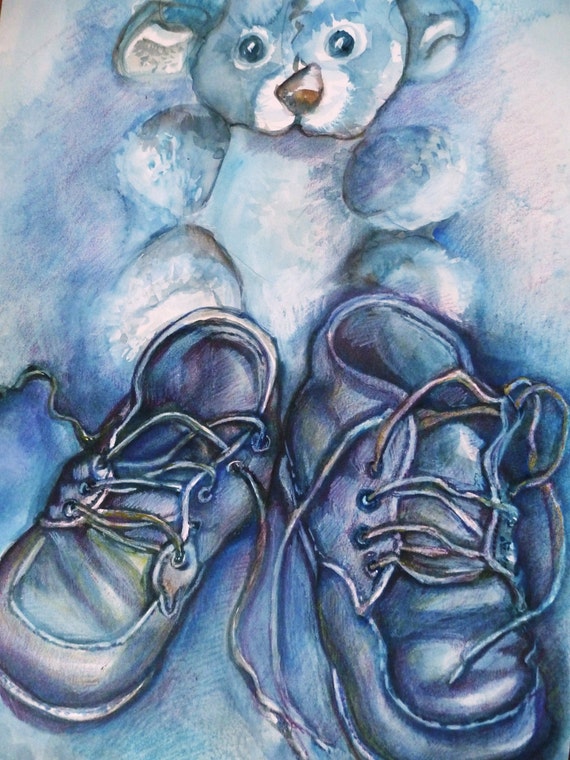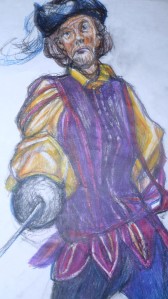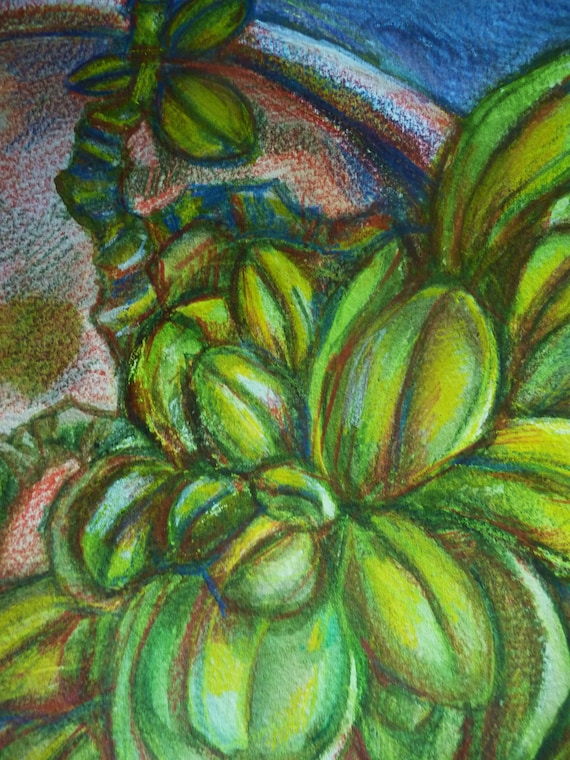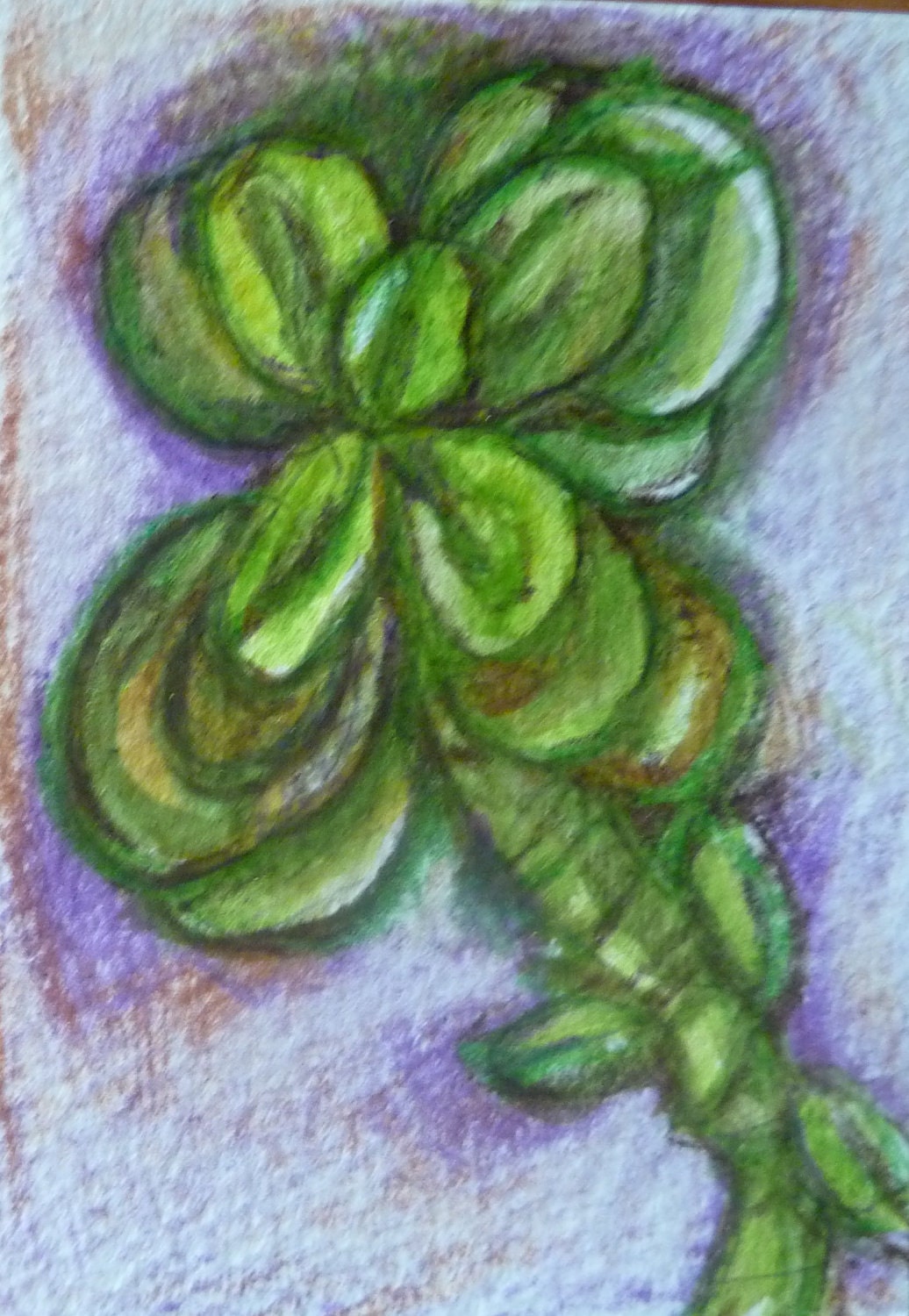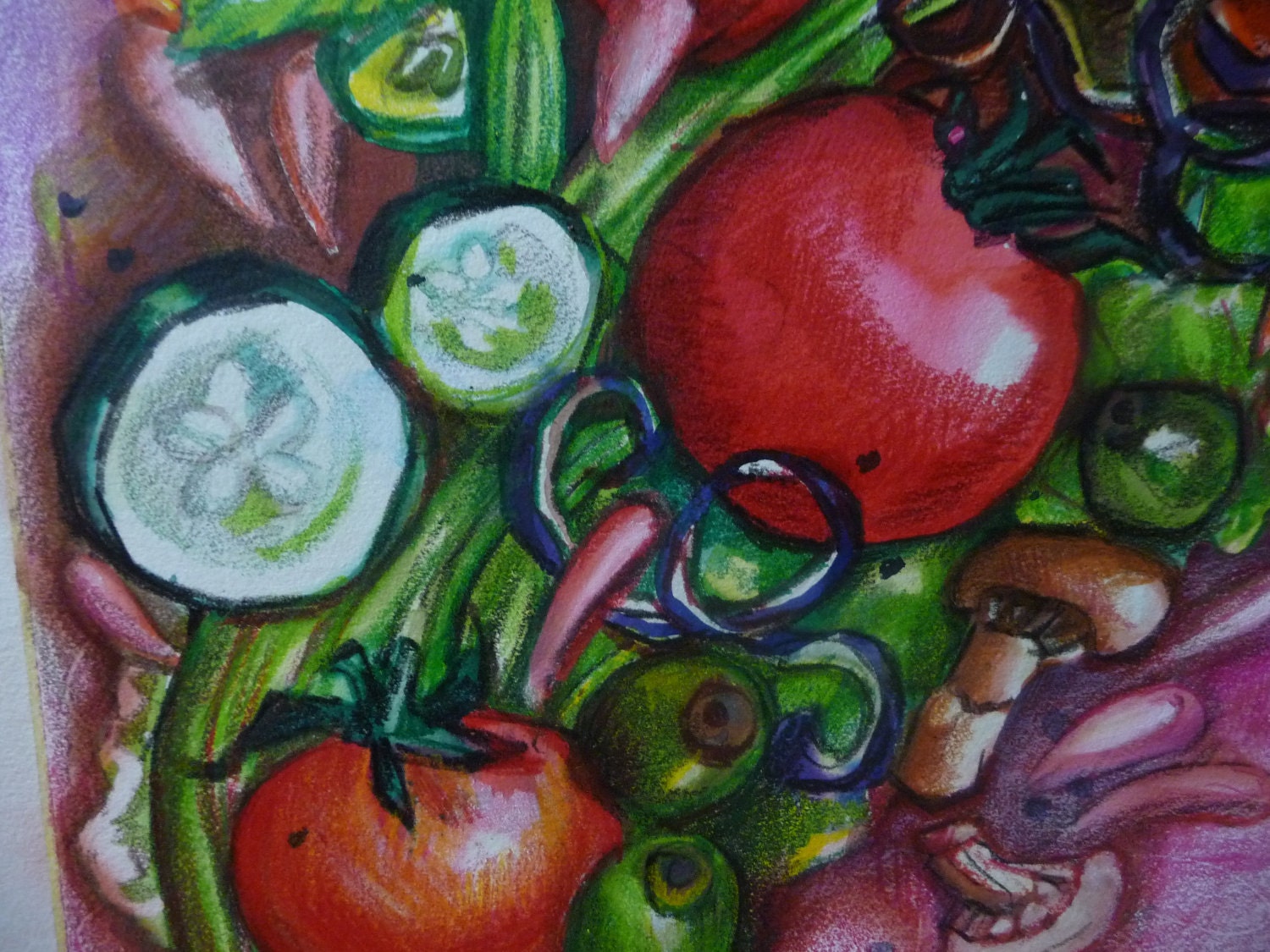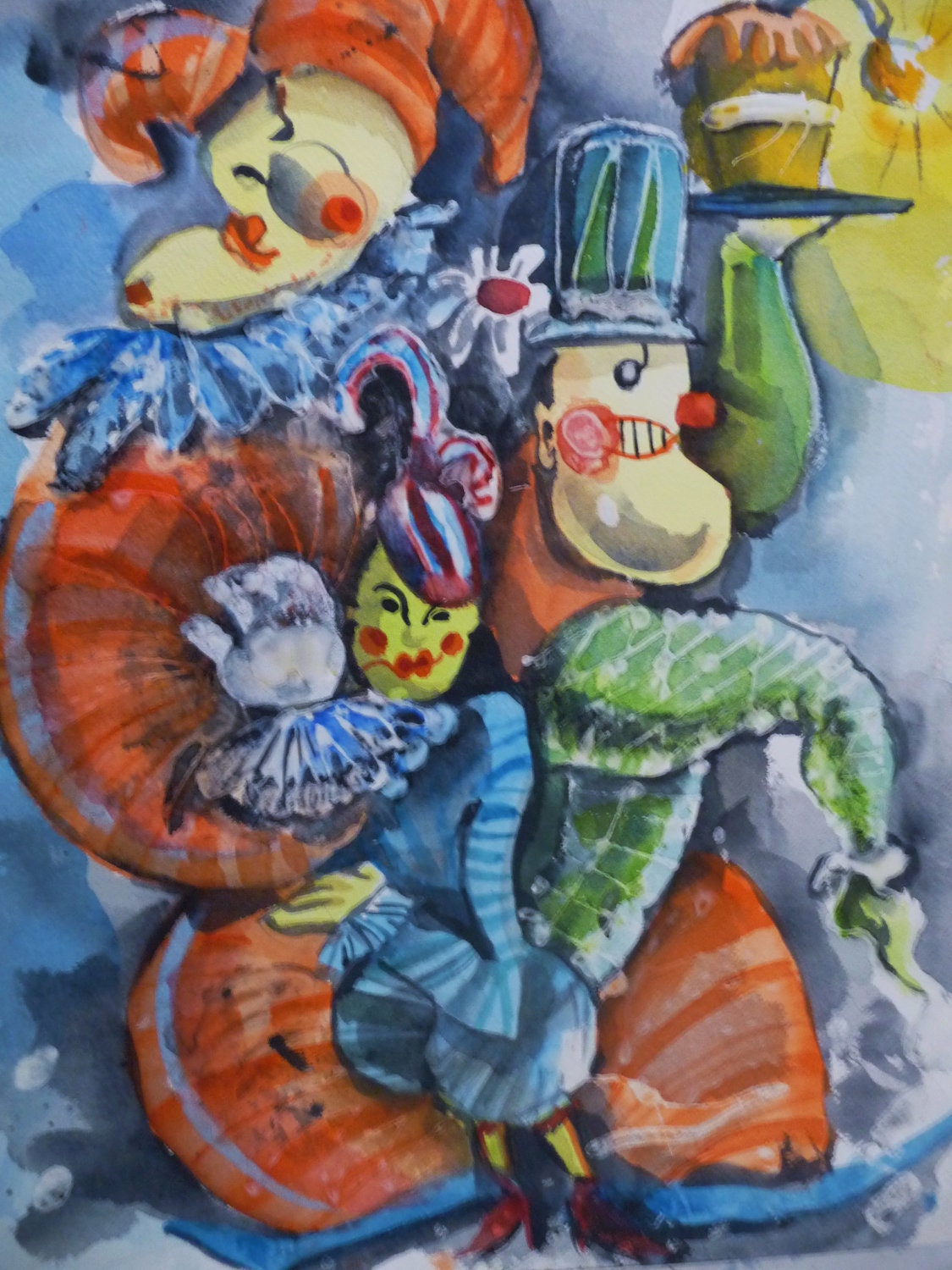The ‘Frenemies’ *
Two of our aunts, Abba and Jewel, had a peculiar relationship. They were a couple of older women, getting on in years, who, at heart, disliked each other rather a lot, but who, for some reason or another, kept up a decades-long relationship of pretended friendship.
Today, we would call such people “frenemies,” but the word and the concept didn’t really exist at the time that Abba and Jewel maintained their odd relationship. So we, the children of Foleytown, just called them both “strange” and “weird.”
Abba and Jewel were both my blood aunts, but they were not related to each other, and that’s one of the things that made them frenemies, instead of just relatives who argued with each other and didn’t get along.
Abba was my father’s sister and Jewel was my mother’s. The main thing they had in common was our family, the Foleys. That, and the fact that they both lived in the Inland Empire and had come out to California at about the same time, for the same reason: to get jobs in the munitions factories that had sprung up overnight in the state during World War II.
Aunt Jewel’s husband, my Uncle Dean, was a Navy man who had served overseas during the war. It was Jewel, bored and lonely after Dean was sent overseas, who convinced my mother to come along and apply for that fateful job in a World War II airplane factory, the place where she eventually met my father, Kenny Foley. As eccentric as she was, there was no denying the simple fact: Foleytown would not have existed without my Aunt Jewel.
In the 60s and early 70s, Aunt Jewel lived on several acres of land on the outskirts of a HighDesert town called HighlandHeights. She lived there because she loved the Mojave Desert deeply–unlike most of the people in the Inland Empire, who avoided it because they thought it was full of poisonous snakes, inhospitable wild donkeys, and Gila monsters.
The snakes and Gila monsters of the desert didn’t bother Jewel that much though. She adored the plant life of the desert–more specifically, she loved the native cactus plants and their cousins, the succulents. She was even known, on occasion, to drive out into the Mojave and dig a few of them up, to add to an ever-burgeoning collection she kept at her little, ramshackle bungalow.
In the far-right corner of Aunt Jewel’s front yard stood an impressively large blue agave succulent plant, seven feet high at the least, and as many feet wide. Prickly pear cacti and rosette-shaped succulents were planted in the flower beds all around her bungalow. Plus, her front and back patios were both crammed with pot after pot of cactus and succulents, and there were many more inside her crowded little home, as well.
They sat on coffee tables, side tables, windowsills, atop the TV and the radio, even atop the toilet tank in the bathroom. Perhaps she had three or four hundred of them in all–maybe more.
She liked the prickly pears the best, though, because they could be trained to grow in the shape of the faces of rabbits or mice, and she thought that was adorable. She would push the resemblance, too, by taking a razor blade and scratching eyes, mouths, and noses into her prickly pears. Sometimes she would even adorn them with little jackets or bow ties or hats, which she lovingly cut out of multi-colored construction paper or felt.
Aunt Jewel’s devotion to her cactus plants was no doubt excessive, but she was very fond of excess, to put it a bit on the mild side.
And that was the other major thing she had in common with Aunt Abba: they both loved things–vast, excessive, mind-numbing quantities of things. The more tacky and worthless and peculiar-looking their things were, the better.
They collected knickknacks and figurines of all kinds, in plaster, plastic, and porcelain; bowls of rubber or plastic fruit, flowers and vegetables; enormous piles of costume jewelry in Bakelite, plastic and glass; black velvet paintings of celebrities or hillside Tuscan villages, and vast closets full of polyester double-knit pantsuits in every pastel and Day-Glo color available.
At the very heart of the frenemy status of the two aunts was an intense, fought-to-the-death shopping competition. They both haunted discount stores with names like Pic ‘N Save, Two Guys, Sir Save-a-Lot, Wheelin’ & Dealin’, and Pixie Pack ‘N Pay, as they pursued their quest for things, more things, and even more things.
Prisoners were never taken, and mercy was never granted. They kept up their competitive shopping for fifteen, eighteen, twenty years—I’m not sure exactly sure of the dates involved, because they knew each other long before I was even born. And a truce was never even contemplated, if memory serves me well.
It went like this: if Aunt Abba bought a new bunch of plastic bananas at the Fontana Pic ‘N Save to add to the vast fake fruit collection proudly displayed on her dining room table, Aunt Jewel would buy two of them. And then call Abba on the phone afterward, providing a lengthy, highly detailed play-by-play of her shopping triumph.
Aunt Abba would listen patiently and pretend enthusiasm for Aunt Jewel’s competitive purchases, but she always managed to get in her own subtle digs, too.
“Yes, Jewel, that’s wonderful, dear. I’m so glad you found those cute bananas on sale for two for a dollar. When I bought mine, they were a dollar apiece—highway robbery. Although I do think the ones they put out later for sale weren’t as nice as the ones they had earlier. Mine has a sticker on the bottom that says ‘hand-painted in Korea.’ “
And of course, when they hung up, Aunt Jewel would run off to find her two new bunches of fake bananas, grimly in pursuit of certain stickers reading “hand-painted in Korea.” And God help the hapless manager of the Fontana, California Pic ‘N Save if there were no such stickers to be found on Aunt Jewel’s bananas.
*Copyright 2012, by S. K. Cole, 2012, “The Frenemies,” Foleytown. All rights reserved.
